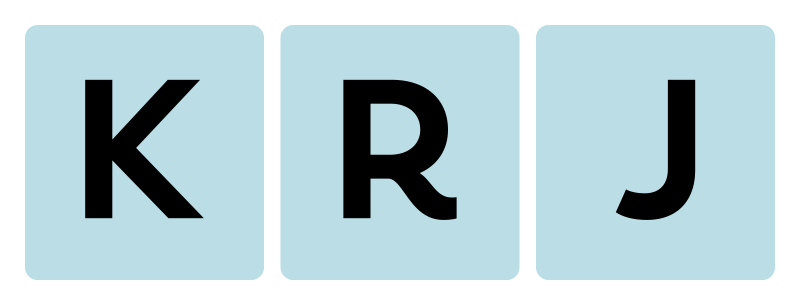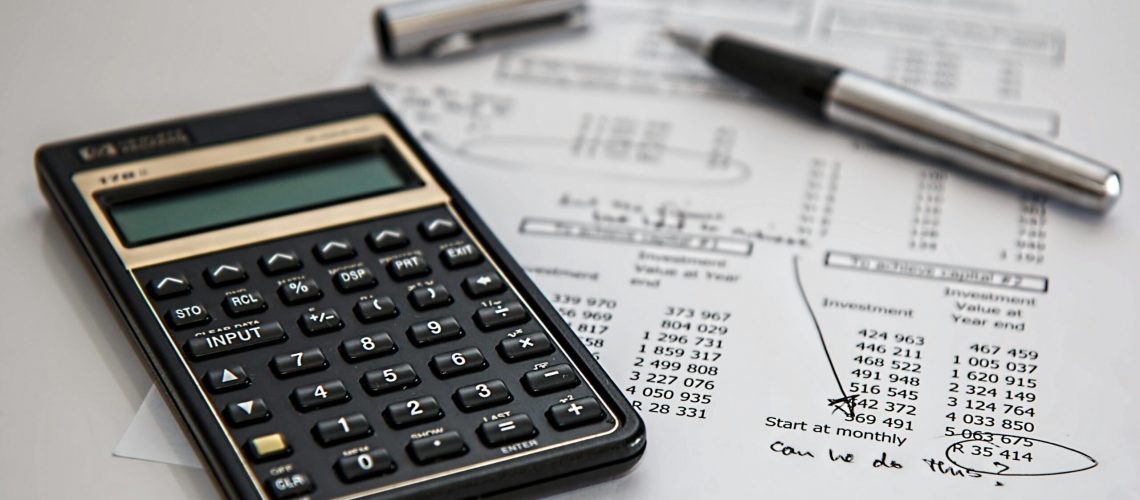Financial management is the backbone of a well-functioning Homeowners Association (HOA). A healthy budget not only ensures the smooth operation of the community but also protects property values and enhances the quality of life for all residents. Understanding the essentials of HOA financial management can empower board members and homeowners alike to make informed decisions that benefit the entire community. Here’s a comprehensive guide to managing your HOA’s finances effectively, with tips for maintaining a healthy budget.
1. The Importance of a Well-Planned Budget
A well-planned budget is essential for the financial health of any HOA. It outlines the community’s income and expenses, guiding the allocation of resources throughout the year. A budget should:
- Cover All Expenses: Ensure that all necessary expenses, including maintenance, utilities, insurance, and administrative costs, are accounted for.
- Plan for Reserves: A portion of the budget should be allocated to reserve funds, which are set aside for major repairs, replacements, and unexpected expenses.
- Reflect Community Goals: The budget should align with the community’s goals, whether that’s enhancing amenities, improving landscaping, or saving for future projects.
2. Accurate Assessment of HOA Dues
HOA dues are the primary source of income for most associations. Setting dues at the correct level is crucial for meeting financial obligations without overburdening homeowners. To accurately assess dues:
- Calculate Operating Costs: Determine the total cost of running the community, including regular maintenance, utilities, management fees, and insurance.
- Factor in Reserve Contributions: Include contributions to reserve funds in the calculation of dues. This ensures that the community can handle major expenses without requiring special assessments.
- Review and Adjust Annually: Regularly review the budget and adjust dues as necessary to account for inflation, rising costs, and changing community needs.
3. Building and Maintaining Reserve Funds
Reserve funds are critical for the long-term financial stability of an HOA. These funds are used for major repairs and replacements, such as roof repairs, repaving roads, or replacing HVAC systems. To build and maintain reserve funds:
- Conduct a Reserve Study: A professional reserve study evaluates the condition of community assets and estimates the cost and timing of future repairs and replacements. This study helps determine how much should be contributed to reserves each year.
- Prioritize Contributions: Make regular contributions to reserve funds a priority in the budget. Consistent funding prevents the need for large special assessments in the future.
- Invest Wisely: Reserve funds should be invested in low-risk, interest-bearing accounts to preserve capital while earning modest returns.
4. Transparent Financial Reporting
Transparency is key to building trust within the community. Homeowners should have access to clear, accurate financial reports that detail the HOA’s income, expenses, and reserves. Transparent financial reporting includes:
- Regular Updates: Provide homeowners with regular financial updates, including quarterly reports that summarize income, expenses, and reserve fund balances.
- Annual Financial Statements: Prepare an annual financial statement that provides a comprehensive overview of the HOA’s financial health. This statement should be reviewed by an independent auditor if possible.
- Open Communication: Encourage homeowners to ask questions and provide feedback on financial matters. Open communication fosters trust and ensures that the community is on the same page.
5. Cost-Saving Strategies
Effective financial management also involves finding ways to reduce costs without compromising the quality of services. Cost-saving strategies for HOAs include:
- Competitive Bidding: When hiring vendors for maintenance, landscaping, or other services, solicit multiple bids to ensure you’re getting the best value for money.
- Energy Efficiency: Invest in energy-efficient upgrades, such as LED lighting, energy-efficient HVAC systems, or solar panels. These upgrades can significantly reduce utility costs over time.
- Preventative Maintenance: Regular maintenance can prevent small issues from becoming costly repairs. Create a maintenance schedule that addresses the most critical needs and keeps the community in good condition.
6. Managing Unexpected Expenses
Unexpected expenses, such as emergency repairs or legal fees, can strain an HOA’s budget. To manage these situations effectively:
- Maintain an Emergency Fund: In addition to reserve funds, consider maintaining an emergency fund specifically for unexpected expenses. This fund provides a financial cushion when unforeseen costs arise.
- Assess and Adapt: If an unexpected expense occurs, assess its impact on the budget and make necessary adjustments. This may involve deferring non-essential projects or finding additional revenue sources.
- Communicate with Homeowners: Keep homeowners informed about unexpected expenses and any measures taken to address them. Transparency helps manage expectations and maintains trust within the community.
Conclusion
A healthy budget is the foundation of a well-managed HOA. By understanding the key components of financial management—accurate assessment of dues, maintaining reserve funds, transparent reporting, cost-saving strategies, and managing unexpected expenses—HOA board members can ensure their community’s financial stability. With careful planning and open communication, your HOA can thrive, providing a well-maintained and harmonious environment for all residents.

